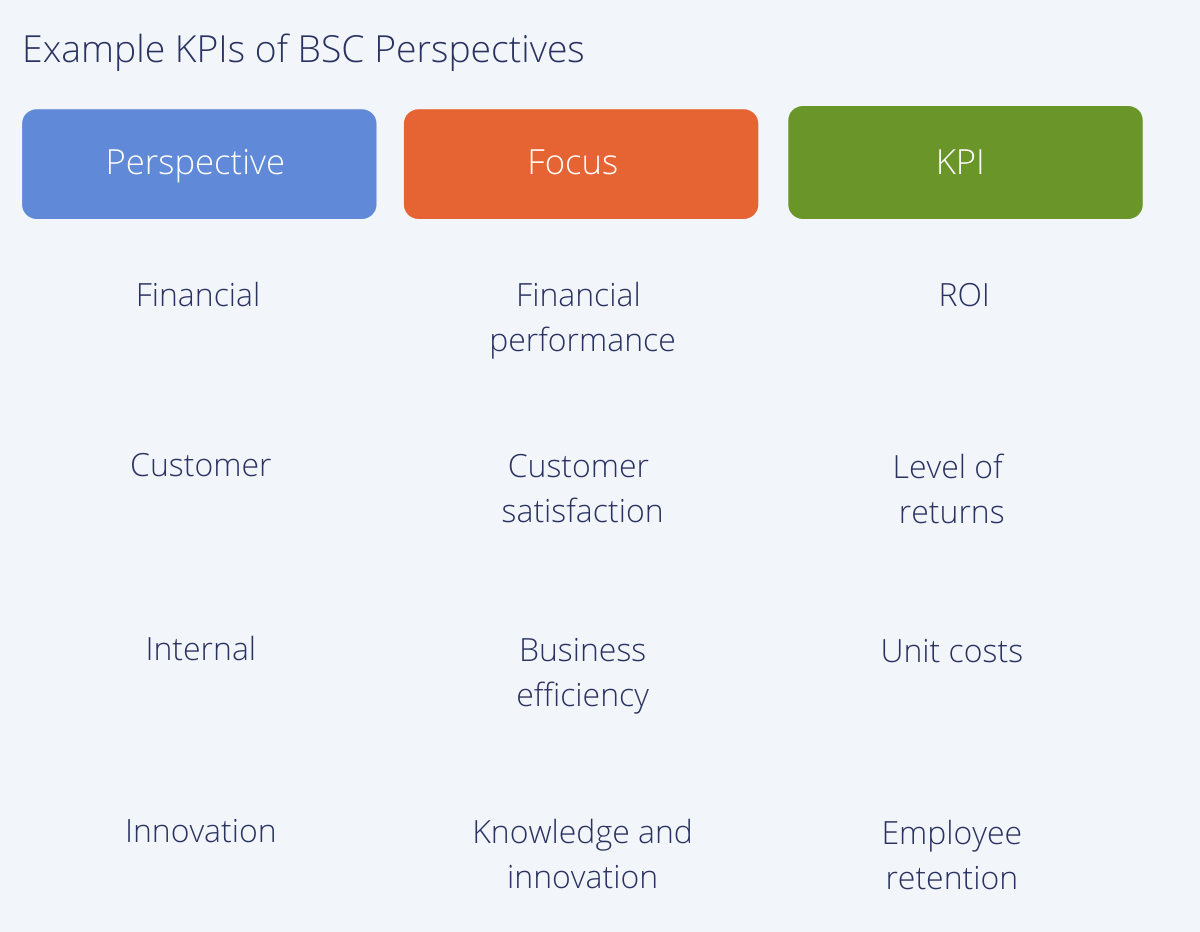Are Hoshin Kanri and the Balanced Scorecared significantly different, or are there similarities which mean you should consider combining these methodologies?
Written by: Carolyn Gibson, Senior Strategy Advisor
Good strategy is often about having a coherent and consistent narrative that people can easily understand and therefore are motivated to execute.
The best Strategy Execution methodologies help to create this consistent and coherent narrative. Two of the most well-regarded are Hoshin Kanri and the Balanced Scorecard (BSC).
This is the second of my series of brief articles on different Strategy Execution techniques, the first of which addressed Hoshin v MBO v 4DX.
This article briefly describes Hoshin Kanri and BSC, demonstrates how similar these very structured systems are, and finally shows how they can be made to work together, if you know how.
A summary of Hoshin Kanri
Hoshin is the grandfather of the Balanced Scorecard. Sometimes translated as Policy Deployment, it was introduced by Professor Yoji Akao in Japan in the 1950s.
It was popularized by Toyota in Japan and later Xerox and Hewlett Packard in the USA, and has since been adopted in many large and small organizations across the globe.
Its main contribution is to create a full business system which links long term strategy with short term Continuous Improvement.
It is therefore particularly suited to organizations that also practice CI/Lean Management.
A summary of the Balanced Scorecard
The Balanced Scorecard (BSC) is comparatively recent: it was first popularized in an article published in the Harvard Business Review in 1992, and focuses on four Perspectives:

The Balanced Scorecard has since become the go-to methodology for major public and private sector institutions. I’d be willing to bet that, like IBM or McKinsey, introducing the Balanced Scorecard never got anyone fired.
Its main contribution was to expand the dialogue at companies from simple financial targets to the supporting customer, employee and internal process improvements required to deliver those targets.
These methodologies have many remarkable similarities and some key differences which I explain below.
At the end of this article I also offer some tips as to how the various features can be combined into a single methodology.
Similarities between Hoshin and BSC
Both the BSC and Hoshin Kanri have two main components: a strategy decomposition tool, and an execution tracking tool.
Strategy Map v X-Matrix
BSC’s Strategy Map is a device which allows companies to map out the ways different parts of the strategy - different Perspectives - support the ultimate financial goals.
Hoshin Kanri’s X-Matrix is a device which allows companies to link the ultimate long-term vision to annual objectives and short-term improvement priorities.
Both emphasize the importance of a dialogue to achieve a clear strategic focus.
Once the Strategy Map has been agreed, this is transferred into the Balanced Scorecard. This specifies not only the goals for each Perspective but also the measures by which those goals will be tracked.
Similarly, the improvement priorities agreed in the X-Matrix are transferred into a Bowling Chart (so-called because it looks like the scorecard used in the game of bowling) to measure progress over time.
Thus, both the BSC and Hoshin methodologies not only help define and decompose strategy but also encourage regular monitoring against specific metrics, mandating corrective action when targets are not met.
Rhetorical Wheel
You might be interested to note that both of these tools use an age-old device called a Rhetorical Wheel.
The Rhetorical Wheel is a circular format that allows ideas to be inserted or deleted in particular sections, to see how the changes have an effect on the whole.
In this way, both the BSC and the X-Matrix are designed not just to do linear decomposition of strategy, as many other tools suggest, but to allow viewers to step back and look at whether each individual component fits together in a way that builds towards the ultimate vision.
For more information on this, see Paolo Quattrone’s discussion about the BSC here.
This allows for the building of a story or narrative around the resulting picture, which then can be more easily disseminated across the organization.
Differences between Hoshin and BSC
BSC has a short-term focus
The BSC has a distinct focus on Perspectives, which were originally listed by Kaplan and Norton as Financial, Customer, Internal Business and Innovation and Learning.
As I mentioned above, this has the benefit of encouraging companies, especially those dominated by the finance department, to look wider at how value is created and maintained in the company.
The downside is that the financial perspective still dominates, and this can have the effect of making the strategy more short-termist.
Hoshin Kanri has a long-term focus
Hoshin Kanri, on the other hand, has a demonstrably long term focus, putting the organization’s vision and three-to-five year objectives at the heart of its methodology.
Unfortunately, it has nothing specifically in it to encourage consideration of non-financial targets, therefore it is not uncommon to see EBITDA and other financial measures dominating, albeit over a slightly longer timeframe.
Strategy Maps directly link objectives
The BSC’s Strategy Map allows and indeed encourages direct linkages between objectives at the same level of hierarchy.
For instance, better employee satisfaction will drive better customer satisfaction which will drive better financial results.

Hoshin Kanri seeks accountability
These same-level linkages are not shown on the X-Matrix, in favor of keeping accountability for individual goals clearer.
Indeed, Hoshin Kanri is more specific about ensuring that organizational silos are not relevant to hierarchy, assigning personal accountability to goals rather than the departmental responsibility implied by the BSC Perspectives.
Integrating BSC and Hoshin Kanri
The use of customized templates or specialist software can integrate the BSC’s use of wider Perspectives with the longer-term vision of Hoshin Kanri.
I have seen this successfully done in Hoshin Kanri software by building the BSC Perspectives into the X-Matrix; similarly newer versions of the BSC include the company’s long term vision in the centre of its Rhetorical Wheel.
In either case, good facilitators who understand both methodologies can help guide your executives and management to create both the narrative, and the specific measures and actions, that will drive successful execution.
If employees understand the vision and how it is being delivered in a way that positively informs and influences their day-to-day decisions from all perspectives, then your methodology has done its job.
Continue learning about Hoshin Kanri
Click here for further information on Hoshin Kanri or continue your journey with these recommendations:
- The Hoshin Kanri X-Matrix: The What, How, Why, Benefits and more: Discover how the X-Matrix works and how you can make your own in our free Excel template
- Danaher, Ingersoll Rand and Xerox: Policy Deployment in Practice: Learn why the experiences of these companies can teach us a lot about adopting Policy Deployment / Hoshin Kanri.
- Download our Hoshin Kanri eBook: Read how Hoshin Kanri is supporting organizations to drive great business results, how two businesses have used the methodology to build their business systems, case studies and more.
- OKR v OGSM v Hoshin: Find out the role that your approach to strategy execution has on your ability to deliver mission-critical goals in this eBook.
About the author
Carolyn Gibson is a senior strategy advisor and certified Hoshin Kanri facilitator working with Fortune 500 companies on building their Strategy Execution capabilities. Her career spans disciplines, industries and locations for over twenty years, with a golden thread running throughout of an obsessive focus on the mechanical detail of how organizations achieve their goals.



